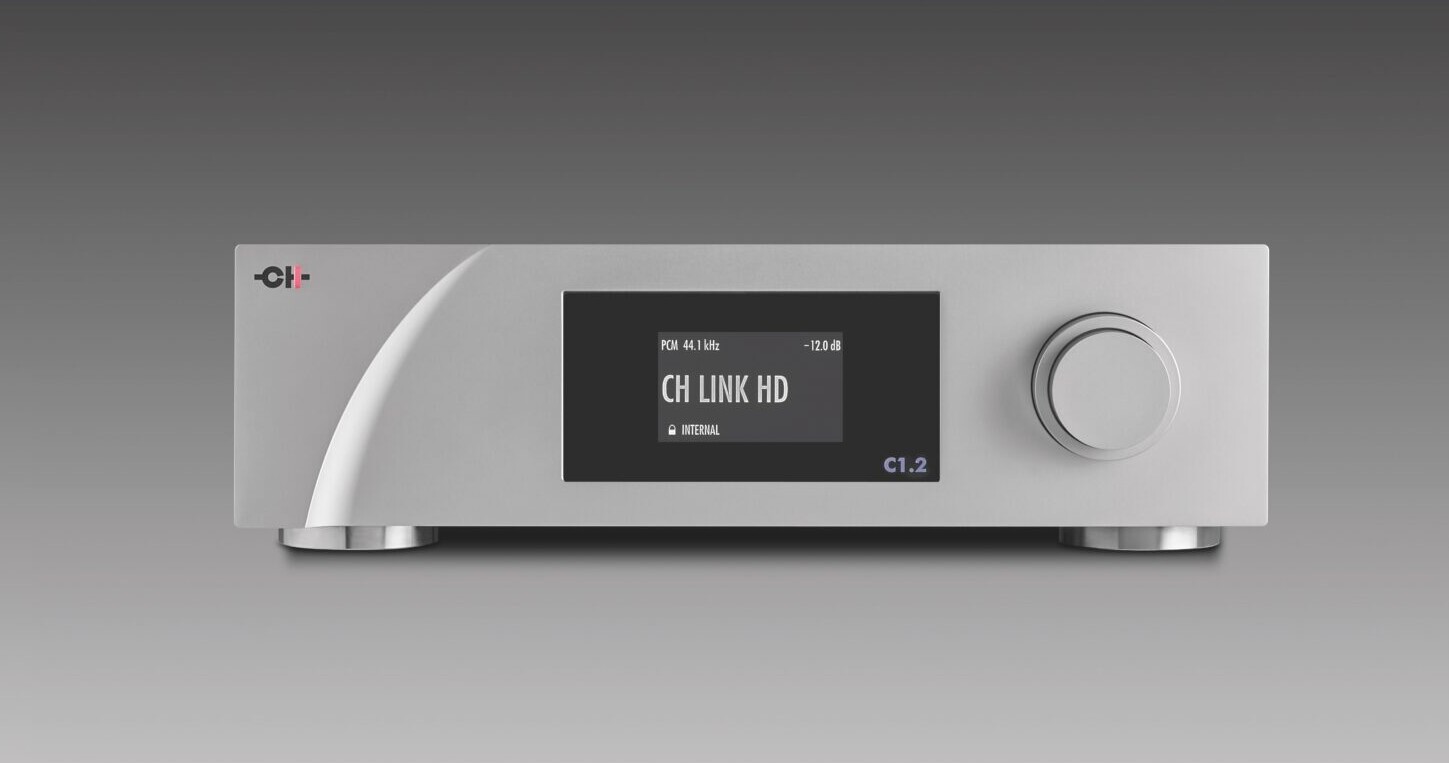The C1 could also be upgraded/updated as time passed and opportunities presented themselves. Thus, the product has seen the arrival of a new, proprietary ‘native high-res’ digital transfer standard (the CH-Link HD) an improved Ethernet connection (Ethernet-In HD) and a higher resolution display screen – all retro-fittable to existing units. Along the way, there have also been innumerable updates to the operational Firmware that actually runs the unit. So, even a C1 bought when the unit was originally launched could be kept totally current, in terms of both hardware and performance. Which, in a digital world that purports to move at the speed of light and in which product shelf-life can be measured in months, is pretty impressive for a 10-year old DAC!
But what’s more impressive still, is the fact that any C1 can be upgraded (transformed might be a better term) into a fully-fledged C1.2, complete with C1.2 performance and a new serial number. The cost of that process: $4,000 – or the difference between the price of the C1.2 and the last published price of the C1. Exact price depends on the actual status of the C1 you are updating. If it skipped a few past upgrades, those might need to be added in, but even so, that really is taking future-proofing and protecting your owners’ investments to a whole new level.
The Number Of The Beast
So what has actually changed? Assuming that we’re talking about the final C1 version, then the physical changes involve the replacement of three internal boards, including the rear panel interface board to which all the input options connect. As well as that, the C1.2 gets a new digital processing (DSP) board and a new power supply board. Crucially – and in some quarters, controversially – the DAC chips (all eight of them) remain the same, Burr-Brown PCM1704s dating from 1998! So what is this? Some NOS un-filtered DAC masquerading as a high-tech unit? Hardly. The PCM1704 was ground-breaking when it was introduced, an R2R ‘ladder DAC’, the resistors built into the silicon substrate offering a repeatable accuracy way beyond what’s possible with discrete components. It’s just one example of how the silicon itself is not (necessarily) the most important part of a DAC. What IS important is the process as a whole – and a lot of that goes on around the DAC chips. In the case of the C1.2, the real heavy lifting is done in the DSP, before the signal even reaches the DACs. So as long as the chips have the processing capacity to manage the signal generated by the DSP, then there’s no reason to change them. That’s the case here. The chips might have remained the same, leading some observers to question whether this is a ‘new’ DAC at all, but the processing, power supply and clock arrangements have all changed – significantly. But the upgradability of the C1.2 also demonstrates the benefit of separating the DSP and DAC functions, especially when it comes to building a genuinely future-proof platform.

Let’s look at that processing. The C1.2 offers an eight-fold increase in total processing power over the C1. Split between two channels, that’s four times the processing power – each! That has allowed CH to substantially improve the performance and accuracy of their proprietary PEtER spline algorithm that up-samples the incoming data stream. It now operates to 32-bits with fixed point (as opposed to floating) processing. Interestingly, and unusually, the algorithm retains the original data points. Rather than overwriting the entire stream, it fills in the gaps between the existing samples. Helping it do that is an all-new, shunt regulated and temperature compensated MEMS-based clock, which increases clock accuracy and further reduces jitter.

